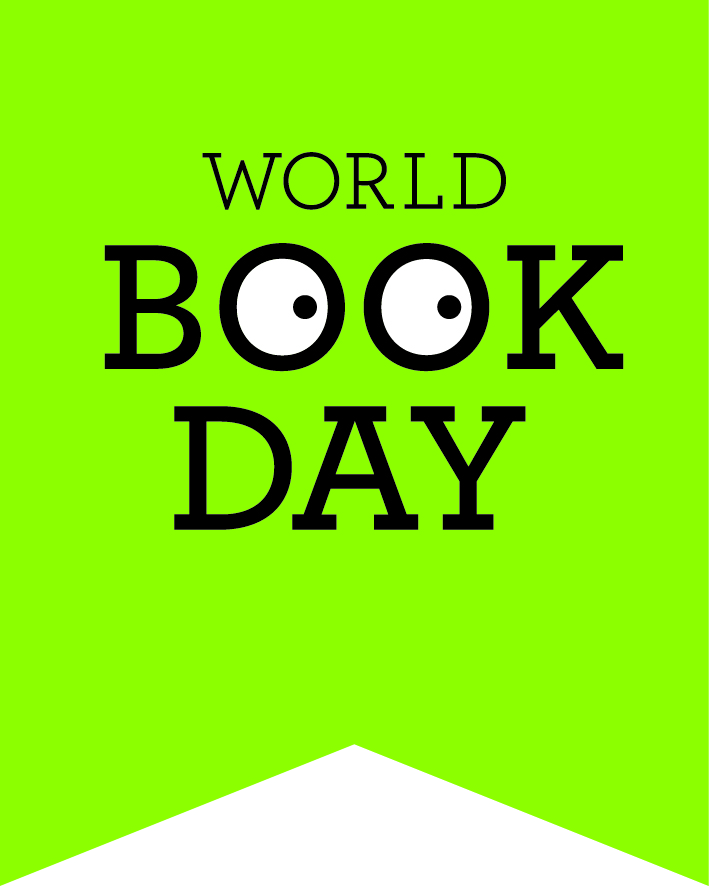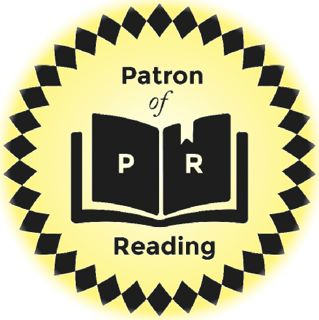
5. Writing the words
Following the plan
One fact in one sentence ...
Take a deep breath and read out loud:
Have you ever read a really long sentence that went on and on and on, maybe with a few commas in it, but then, by the time you got to the full stop at the end you were out of breath and had forgotten what the sentence was about, assuming, of course, the author had remembered to put a full-stop there, or perhaps a question mark?
Phew! Out of breath? In case you didn't notice, that was one sentence of 67 words (count them if you don't believe it).
Is this a hard sentence to read? It probably is for a young person. I've tested it to find out how hard it is to read. You would need to be aged over 18 to read and understand it with ease.*
Whenever I write a non-fiction book, I remind myself of the following:
- Follow the plan – it's my memory-jogger.
- The age of the children the book is for.
- Write in short sentences.
- Start at the beginning of the subject.
- Explain the subject clearly.
- Read it back (silent reading) – does it make sense?
- Read it back again, but this time out loud (it only needs to be a little voice) – does it still make sense?
- Are there any better words I could use?
- Have I put everything in, or have I forgotten something?
- Make it easy to follow – put one fact in one sentence.
Read that last bullet point again: 'Make it easy to follow – put one fact in one sentence'. I was given this advice by an editor, and I've never forgotten it. It was a really good tip and it's helped me to write non-fiction texts, especially ones for very young readers. Of course, as readers grow older, they're able to understand longer sentences with more than one fact in them.
The last thing I write is the glossary (the index comes later). When the glossary is written, the writing part of my job is over.
Who do you think is the first person, after me, to read what I've written? Go to page 6 to find out who it is.
* To test your own writing with an online readabiilty tool, click here:
www.read-able.com.
(Note for UK readers: this tool gives US school grades, so adjust for UK ages.)
Image © Capstone Global Library Ltd






